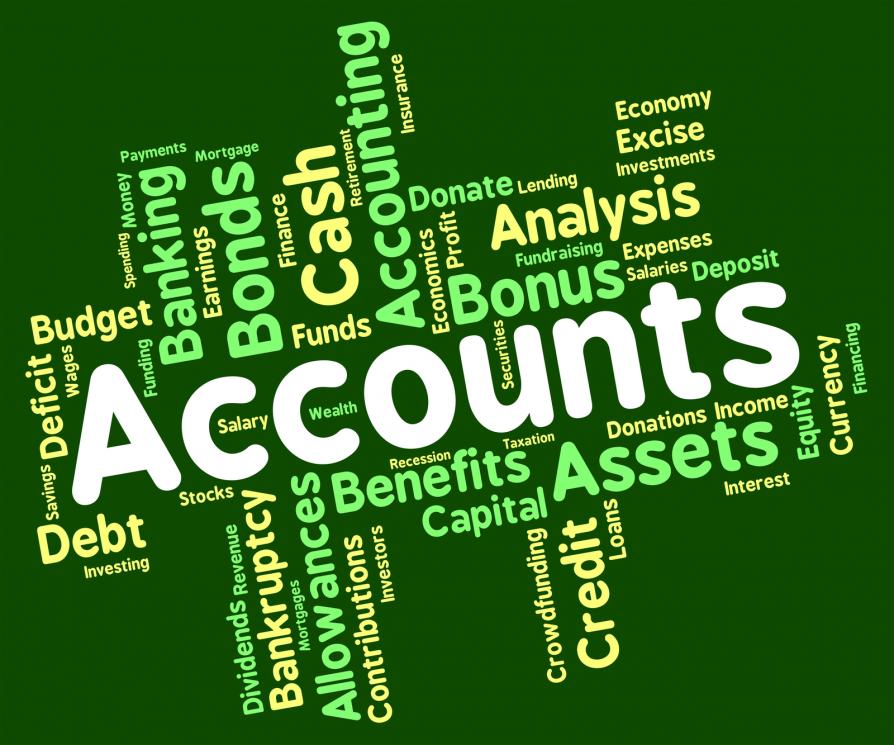
We know that not everyone is a fan of accounting. At A&B Accounting and Business Solutions, LLC., we work with the experts in accounting to make things easy for business owners.
However, we want what’s best for our clients. Hence, we work hard to keep you informed and updated about your accounts and other services you’re availing. While we try our best to keep it simple, some accounting terms make way in our conversation.
So we thought why not explain the commonplace accounting terms, so you can also learn how it usually works. Here are the terminologies present at the top of our list!
1. Assets
Wealth accumulated by a business count as its assets. It is owned, not possessed with a loan or lien. These may include items that can depreciate with time. These may also be goods that are sold to customers.
Furthermore, cash and investments, accounts receivable, buildings and property, equipment and supplies, and warehouse inventory may also be included as a business’ assets.
2. Balance sheet
Balance sheet is a very important accounting tool. It records the formula of assets: liabilities + stockholder equity/ capital at any given time. This may be generated every month, three months or a year.
Balance sheets are used to determine the financial status of a business at any time.
3. On credit/ on account
These are the services or products which have been sold using credit. This means that payment has not been made available immediately, and the terms in place may potentially result in interest charges.
4. General ledger
It is actually a side of the bookkeeping ledger and contains the balance sheet as well as income statement records. All the business transactions are recorded here, including credit purchases, sales, income losses and office expenses.
5. Gross margin
Profit or gross margin is the number of sales made, subtracted by all the associated costs, these costs can include wholesales and manufacturing costs, supplies, and raw materials.
6. Revenue
Revenue and business income are interchangeable. These comprise of total income that is collected at a particular point. This includes cash sales, subscription fees, credit purchases, and interest income.
7. Loss
If a service or a product sells for a lesser price than invested in its manufacturing or supply, it’s called a loss. Furthermore, when expenses exceed revenues for a particular asset, it also results in a loss.
These are what constitute the basics of accounting. We know it’s not very easy but we still hope that you were able to understand most of it. Contact us today for accounting services and business solutions in Florida.





